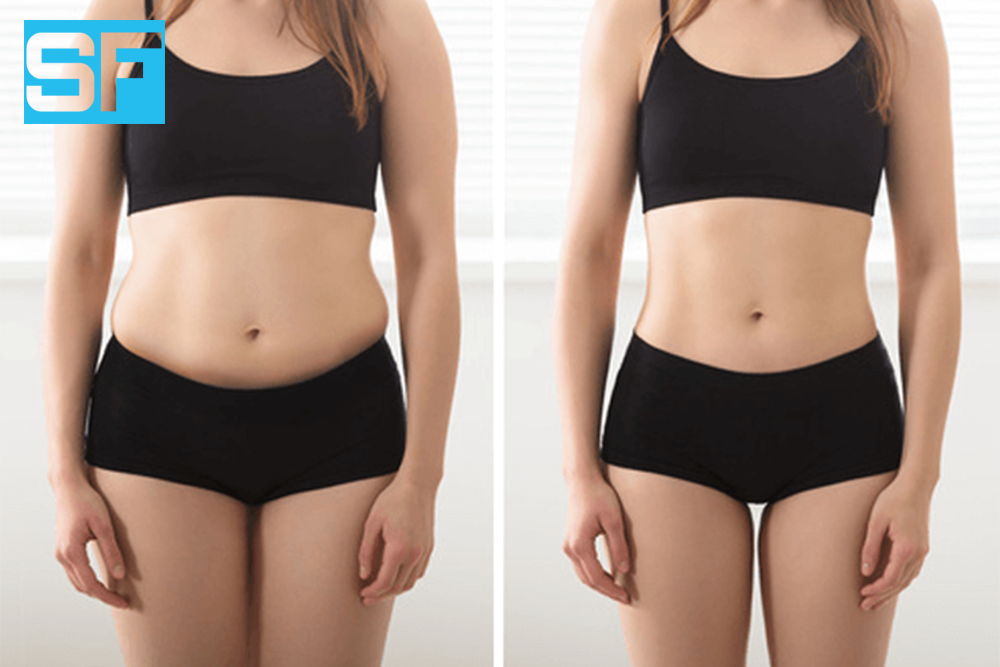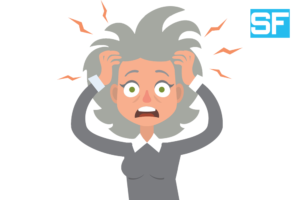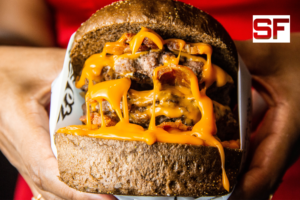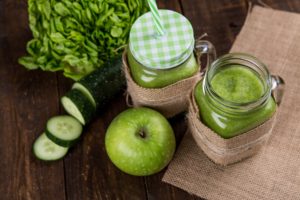Weight Loss vs Fat Loss - The Hard Truth You Must Accept
The goal of weight loss is to lose weight — to see the number on the scale drop — right? Losing weight means losing pounds. But is there more to it than that? The simple answer: yes.
Previously I’ve discussed why you shouldn’t get frustrated when you don’t see the number on the scale move as much as you’d like to – As the number on the scale doesn’t tell the whole story and it isn’t the only measurement you should be taking.
Focus on fat loss
Rather than getting hung up on “weight loss,” it is more important to focus on “fat loss.” Many people who lose weight are losing more than just fat, they’re losing muscle, which can actually make it more difficult to continue burning fat. Losing both fat and muscle is a problem, this is usually happening in people who experience rapid weight loss.
In order to focus on fat loss, you must understand your body composition – how much do you weigh and why?
Here are various components that make up your total body weight: muscle, fat, water, bone, organs, and other body tissues. What you eat, how much you exercise and other lifestyle factors will determine your exact body composition.
As you increase your exercise level and change your diet, your body begins building muscle mass, while burning fat — and you may not see the number on the scale budge at all. This is because muscle weighs more than fat. One pound of fat is four times larger than one pound of muscle, because muscle is denser than fat.
The Simple Fitness Approach
A healthy weight loss method is focused on building muscle more than simply burning fat.
As an added bonus, the more muscle mass you have in your body, the more calories your body will burn.
That is why we focus on Incorporate strength training into your workout routine and reducing your cardio time.
If cardiovascular or aerobic exercise is the only exercise you do, chances are you are losing muscle mass and fat. Incorporate regular strength training into your routine at least three days a week to help preserve and build muscle mass while reducing fat.
In addition to strength training, you have to make sure that you consume enough protein.
When you make changes to your diet, cut calories from carbs and fat, but not protein sources. Protein is one of the most essential weight loss foods, as well as a vital nutrient for building and maintaining muscle. It also keeps you feeling full longer and is less likely to be stored by the body as fat, compared to carbohydrates, for example. By following a high protein diet, you will burn more fat and gain muscle, resulting in healthier body composition.



